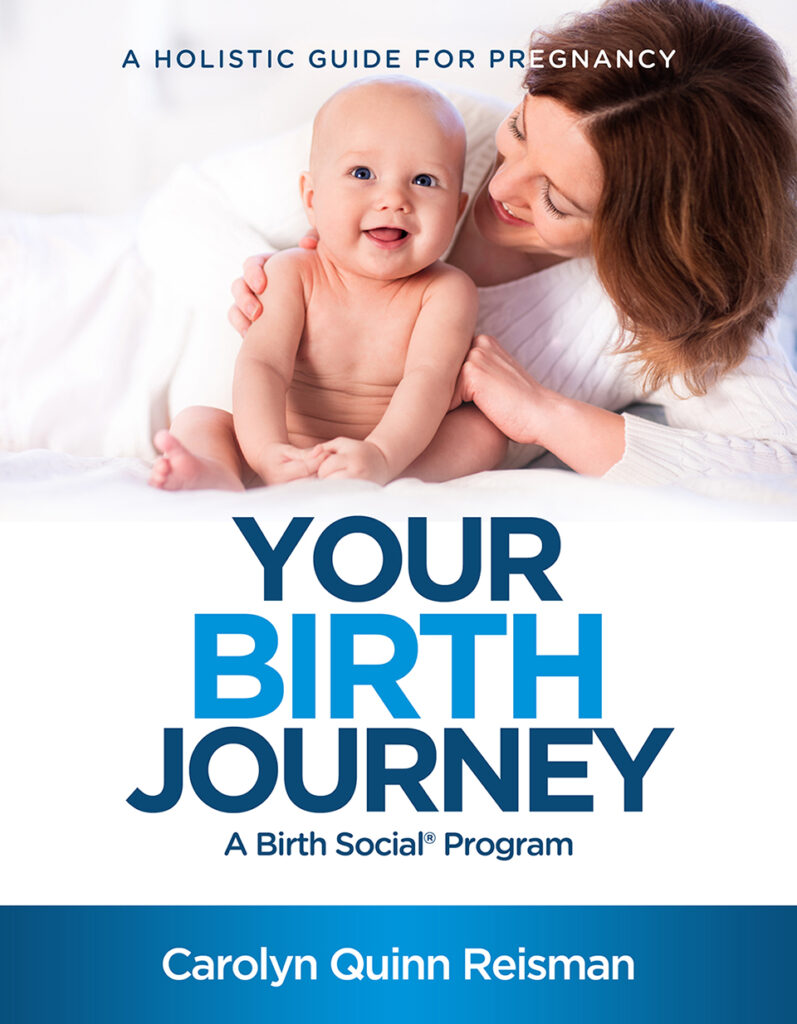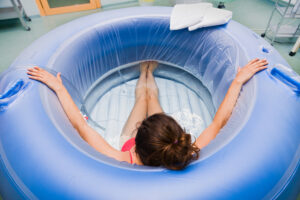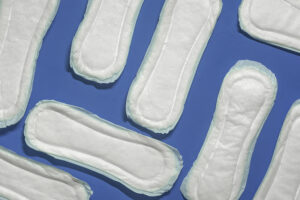It’s one of those things in life – you must have a thermometer in the home for your baby – and for you! Once you are discharged from care, you should take your baby’s temperature regularly for the first couple of days or so. Plus, you will want a thermometer handy anytime you suspect a fever.
Ways to Take a Baby's Temperature
Although the American Academy of Pediatrics recommends taking a baby’s temperature rectally, it can be uncomfortable for a baby and there is a risk of rectal injury. There are far more comfortable ways to take your newborn’s temperature.
- Axillary (armpit): Research has shown that taking the temperature axillary with a digital thermometer is just as accurate as taking baby’s temperature rectally, and a growing number of providers are using this method.
- Temporal Artery (forehead): New research also suggests that a temporal artery thermometer might provide accurate newborn readings.
Any time an axillary or temporal reading is questioned or seems wildly off, taking your newborns temperature rectally will give you a more accurate reading.
For a baby under three months, a fever should be taken seriously. Call your baby’s health care provider immediately if your baby is less than three months of age and has a high temperature:
- Axillary (armpit) temperature of 99 F (37.2 C) or higher
- Temporal artery temperature of 100.4°F (38°C) or higher
- Rectal temperature of 100.4°F (38°C) or higher
Choosing a Thermometer
In my midwifery practice, we used the axillary method to take a baby’s temperature. Research on the temporal artery method for newborns was still new. Today, I would not hesitate to use the forehead method. Digital thermometers are less expensive than the temporal thermometers, which can be quite spendy. Decide which method is best for you.
Digital Axillary Thermometer
Nothing is more frustrating than taking a newborn’s axillary temperature with a thermometer that takes – forever. When taking your baby’s temperature axillary, you want a fast reading thermometer.
- The best ever digital thermometer is the Vicks SpeedRead Digital Thermometer, which can be found in most drugstores at an affordable price.
Temporal Artery Thermometer
Taking your baby’s temperature with a temporal thermometer will be much easier than taking it axillary. Moms swear by them, but you need to use it accurately to get a correct reading. There are several temporal artery thermometers to choose from. The Exergen brand has the best reviews.
Rectal Thermometer
If you feel that you need to check your baby’s rectal temperature or your pediatrician asks you for one, using a thermometer that is impossible to insert too far makes the most sense. The Vicks baby rectal thermometer is the perfect choice.
How to Take a Baby's Axillary Temperature
Hold your baby on your lap, in your arms, or lay the baby on a flat surface, belly up.
Gently lift your baby’s arm and place the tip of the thermometer in the folds of the armpit. The thermometer must be resting against the baby’s skin on all sides. It is normal for them to resist.
Lower your baby’s arm back down to the side and hold down gently but snugly until the temperature is taken. They can get a little fussy about this.
How to Take a Temporal Temperature
When using a temporal artery scanner, place the thermometer sensor in the middle of the baby’s forehead. Make sure it always stays in contact with the skin.
Press and hold the scan button, then slowly move the thermometer across the forehead toward the top of the baby’s ear. Do not lose contact with the skin.
When it beeps or signals, remove the thermometer and read the temperature.
How to Take Your Baby's Rectal Temperature
Place your baby across your lap or on a flat surface, belly down. Push apart the baby’s buttocks.
Lubricate the end of the thermometer, then gently insert 1/2 inch or less into your baby’s rectum. Never force the thermometer against any resistance.
Prevent your baby from moving while taking the temperature and hold the thermometer until it beeps or signals.
Remove the thermometer and clean.
Thermometers NOT to Use on Newborns
- Ear Thermometers are not recommended for newborns. The ear canal can interfere with accuracy. At about two years of age, their ear canals may be big enough to use comfortably.
- Digital Pacifier Thermometers are not recommended for newborns. Research does not support the accuracy.
- Thermometer Strips are inaccurate, as they do not measure the body’s core temperature.
- Mercury Thermometers pose injury from broken glass and vapors from the mercury inside are toxic.
Charafeddine, Lama et al. Axillary and rectal thermometry in the newborn: do they agree?. BMC research notes vol. 7 584. 31 Aug. 2014, doi:10.1186/1756-0500-7-584
Rectal Thermometry to Confirm Fever in Babies Under 3 Months: The Evidence Behind the Practice. Clinical Update for Telephone Triage Nurses, Schmitt-Thompson Clinical Contenr, 2018, March.
Syrkin-Nikolau, Mashette E et al. Temporal Artery Temperature Measurement in the Neonate. American journal of perinatology vol. 34,10 (2017): 1026-1031. doi:10.1055/s-0037-1601440















